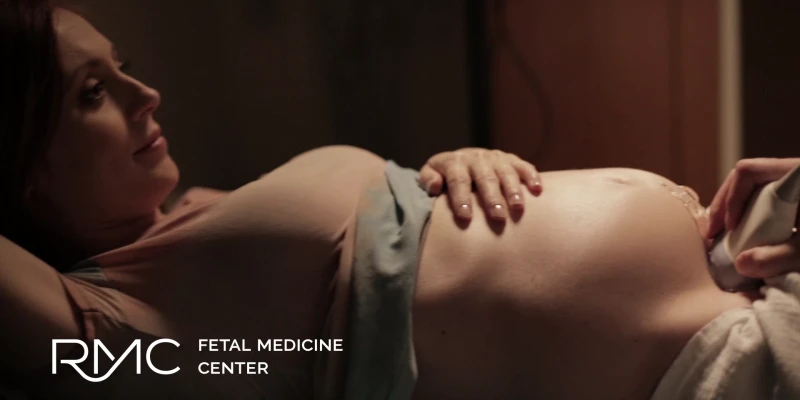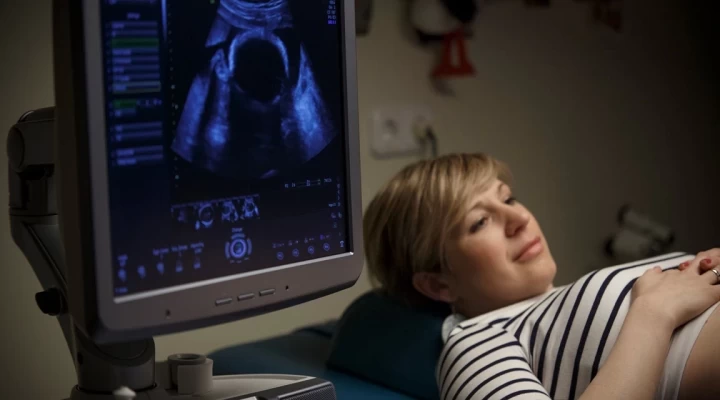During the exam, we search for the signs pointing to the most frequent chromosomal abnormalities, we do a 3D exam of the brain, and we search for abnormalities in the nervous system and cranial structure. Then it becomes truly possible to perform a thorough structural examination of the spine, as well as the organs of the abdomen and chest, the kidneys, bladder, liver, stomach, bowels, heart and lungs, as well as screening for abdominal wall defects (e.g. umbilical hernia, abdominal wall hernia, diaphragmatic hernia) and limbs and lips. During the exam, we look at a total of 49 exam planes.During the ultrasound we also make a careful measurement of the cervix length, which enables us to calculate the risk of premature birth (this examination is optional).
In our center, we give a reliable answer not only to the question of whether the fetus has Down, Edwards, or Patau syndrome, but we look at every disorder that medical science has made it possible to screen for.








Reviews